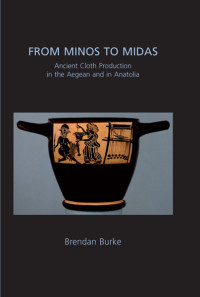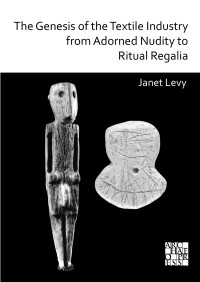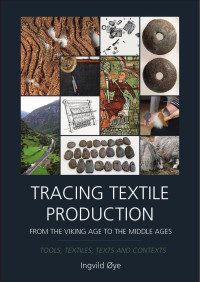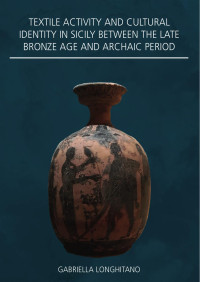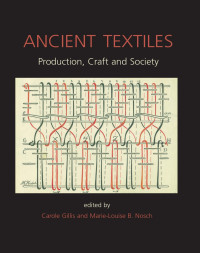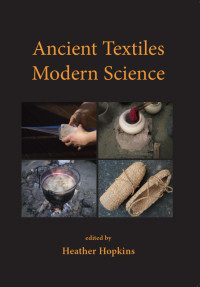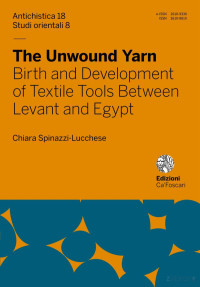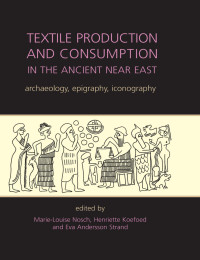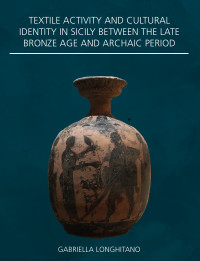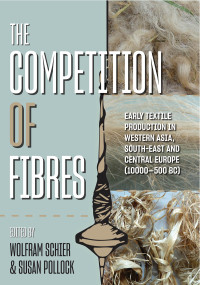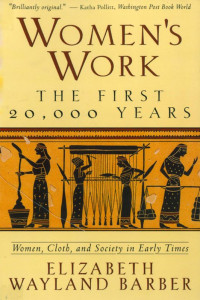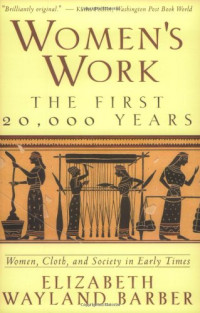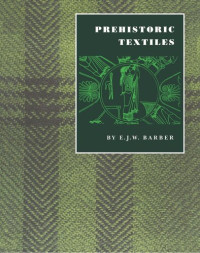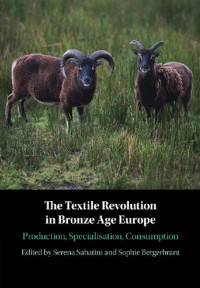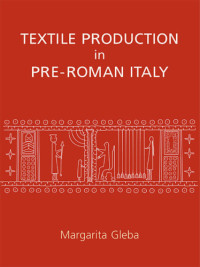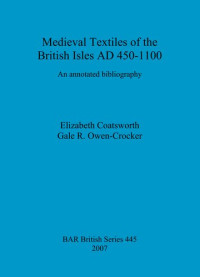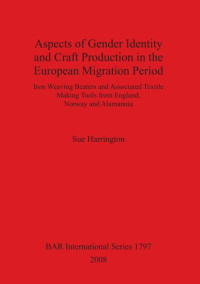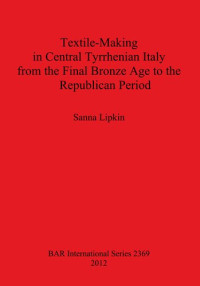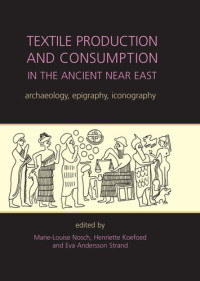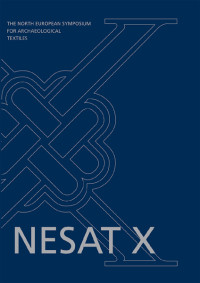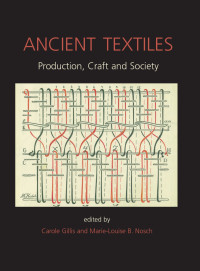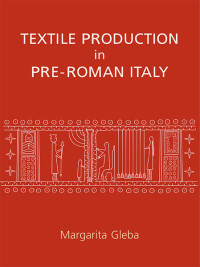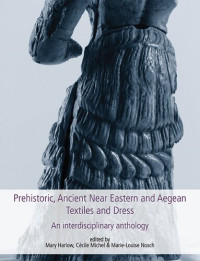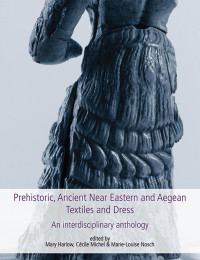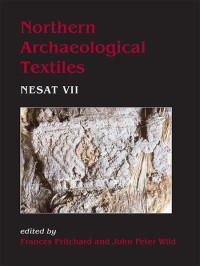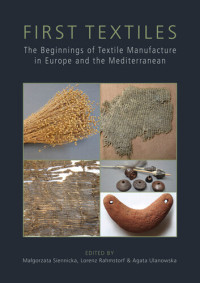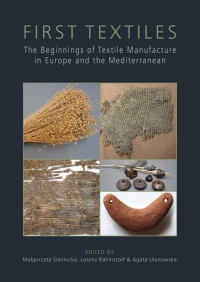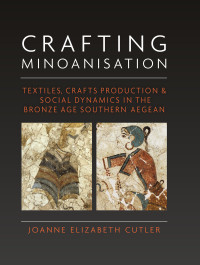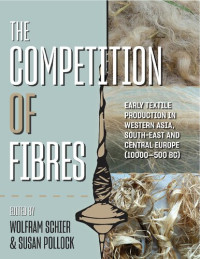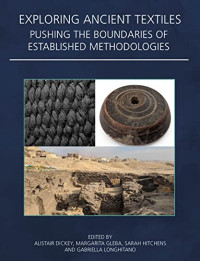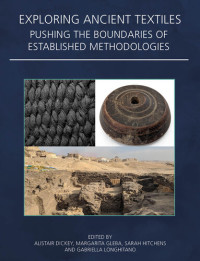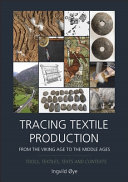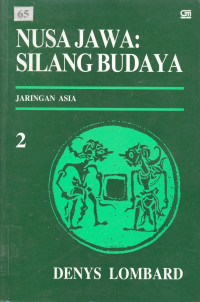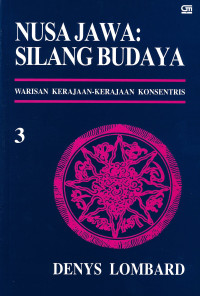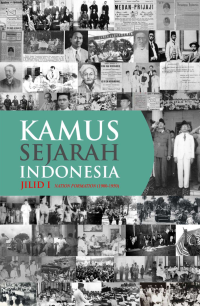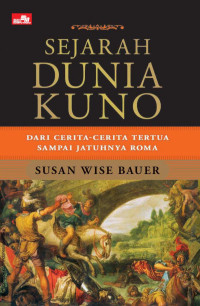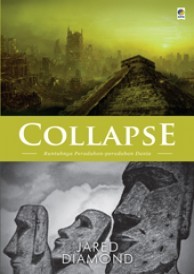
First Textiles
Siennicka, Magorzata, Rahmstorf, Lorenz, Ulanowska, Agata,
Textile production and the manufacture of clothing was one of the most essential daily activities in prehistory. Textiles were significant objects of practical use, and at the same time had cultural, social and symbolic meaning, crucial for displaying the identity, gender, social rank and status, or wealth of their users. However, evidence of ancient clothing is scarce due to unfavourable preservation of organic materials. Only occasionally are prehistoric textiles and associated implements preserved, mainly as a result of exceptional environmental conditions, such as waterlogged contexts like bogs, or in very dry or cold climates. In other cases textiles are sporadically mineralised, carbonised or preserved by metal corrosion. Textiles and leather can also be visible as imprints on clay. The beginning of textile manufacture is still vague, but can be traced back to the upper Palaeolithic. Important developments in textile technology, e.g. weaving, spinning with a spindle, introduction of wool, appeared in Europe and the Mediterranean throughout the Neolithic, Chalcolithic and Early Bronze Age. This book is devoted to the early textile production in Europe and the Mediterranean and aims to collect and investigate the combined evidence of textile and leather remains, tools, workplaces and textile iconography. The chapters discuss the recent achievements in the research of ancient textiles and textile production, textile techniques such as spinning, fabric and skin manufacture, use of textile tools and experimental textile archaeology. The volume explores important cultural and social aspects of textile production, and its development.
About the Author: Małgorzata Siennicka is an Associate Professor at the Saxo Institute, University Copenhagen and holds a PhD in Aegean archaeology from Warsaw University. Her research interests focus on the Neolithic and Bronze Age Aegean and Eastern Mediterranean, prehistoric cloth and textile production, craftsmanship, balance weights and metrology, settlements and architecture. She was awarded with a Marie Skłodowska-Curie fellowship at The Centre for Textile Research at the University of Copenhagen (2013-2017). In 2013-2017 Małgorzata Siennicka directed an international research project “First Textiles” at the Centre for Textile Research in Copenhagen.
About the Author: Lorenz Rahmstorf is a Professor in the Department of Prehistory and Early History at the University of Göttingen. His research interests focus on the third and second millennia BC Aegean, Europe and West Asia and more specifically on weight metrology, early trade, textile production, transfer of innovations and urbanisation processes. He has obtained an MA (Bristol), PhD (Heidelberg) and Habilitation (Mainz), and participates in various international research projects. In 2015 he was awarded an European Research Council Consolidator Grant to lead a 5-years project “Weight and value. Weight metrology and its economic and social impact on Bronze Age Europe, West and South Asia”.
About the Author: Agata Ulanowska is an Assistant Professor in the Centre for Research on Ancient Technologies of the Institute of Archaeology and Ethnology Polish Academy of Sciences in Łódź and Senior Lecturer at the Institute of Archaeology, University of Warsaw (sabbatical). Her research interests focus on the Bronze Age Aegean, textile production and technology, experimental and experience archaeology and Aegean seals and sealing practices. She holds a PhD in Aegean archaeology from the University of Warsaw. In 2015-2017 she was awarded with FUGA post-doctoral grant of the National Science Centre for the project “Textile production in Bronze Age Greece – comparative studies of the Aegean weaving techniques”.
About the Author: Małgorzata Siennicka is an Associate Professor at the Saxo Institute, University Copenhagen and holds a PhD in Aegean archaeology from Warsaw University. Her research interests focus on the Neolithic and Bronze Age Aegean and Eastern Mediterranean, prehistoric cloth and textile production, craftsmanship, balance weights and metrology, settlements and architecture. She was awarded with a Marie Skłodowska-Curie fellowship at The Centre for Textile Research at the University of Copenhagen (2013-2017). In 2013-2017 Małgorzata Siennicka directed an international research project “First Textiles” at the Centre for Textile Research in Copenhagen.
About the Author: Lorenz Rahmstorf is a Professor in the Department of Prehistory and Early History at the University of Göttingen. His research interests focus on the third and second millennia BC Aegean, Europe and West Asia and more specifically on weight metrology, early trade, textile production, transfer of innovations and urbanisation processes. He has obtained an MA (Bristol), PhD (Heidelberg) and Habilitation (Mainz), and participates in various international research projects. In 2015 he was awarded an European Research Council Consolidator Grant to lead a 5-years project “Weight and value. Weight metrology and its economic and social impact on Bronze Age Europe, West and South Asia”.
About the Author: Agata Ulanowska is an Assistant Professor in the Centre for Research on Ancient Technologies of the Institute of Archaeology and Ethnology Polish Academy of Sciences in Łódź and Senior Lecturer at the Institute of Archaeology, University of Warsaw (sabbatical). Her research interests focus on the Bronze Age Aegean, textile production and technology, experimental and experience archaeology and Aegean seals and sealing practices. She holds a PhD in Aegean archaeology from the University of Warsaw. In 2015-2017 she was awarded with FUGA post-doctoral grant of the National Science Centre for the project “Textile production in Bronze Age Greece – comparative studies of the Aegean weaving techniques”.
년:
2018
출판사:
Casemate Publishers & Book Distributors, LLC
언어:
english
ISBN 10:
178570799X
ISBN 13:
9781785707995
파일:
EPUB, 22.68 MB
IPFS:
,
english, 2018
 Amazon
Amazon  Barnes & Noble
Barnes & Noble  Bookshop.org
Bookshop.org  파일을 변환하실 수 있습니다
파일을 변환하실 수 있습니다  더 많은 검색 결과
더 많은 검색 결과 기타 혜택
기타 혜택 